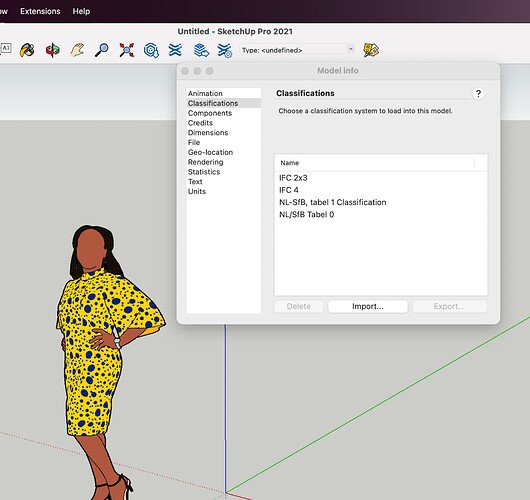Visibility is EXACTLY what I am trying to accomplish.
I am actually producing 3D print files, and there is one STL export file for all items of the same color. One STL file per color.
So what I want to do is tag all of the objects, Groups, components, etc with a color tag. Then, I want to hide everything and view ONLY the items with the desired color tag. I then select those and use the Export to STL utility to export ONLY the selected items, which would be the visible items which would be all of the items of that particular filament color.
So controlling visibility as a group is exactly what I am after. I want to run on or off all of “Filament1” and of “Filament5”, etc.
In this project there are hundreds of objects, groups, and components. We know which color we want each to be, and it would be good to tag them.
We basically need to make visible all items with a particular filament tag.
Some items are boundary items, so those need to have two tags so that they display for each filament. Otherwise, with Groups we would need to draft every item twice…once for each side of the boundary between colors.
Consider it this way: Two rooms, a blue and a red one. They share a common wall. We would like the tag that wall as “Blue” and also as “Red”. The wall is needed to enclose the blue room and also to enclose the red room.
If we did groups, we would need to draft this wall twice…once in each group. As the rooms are often quite complex that would be an enormous amount of drafting.
To help you understand in more depth: We are 3D printing a complex printed circuit board with many hundreds of components. They are color coded based upon certain requirements, such as LEDs which must match up with light-pipes. As you can see, the shapes are complex.
This 3D print will help us see the board many months before we will have a production model. That way we can address the various mechanical and thermal requirements.



